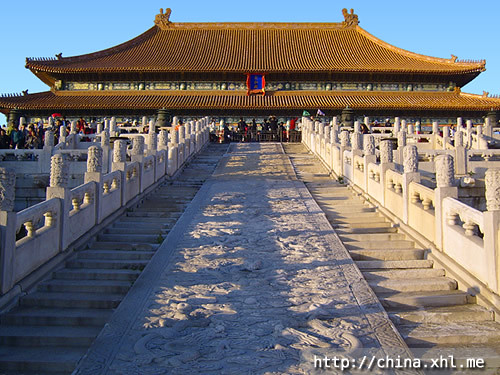The Great Wall
Written by china guide May 3rd, 2010 No Comments Category: China Destinations
Great Wall(Chinese: 长城), one of the greatest wonders of the world, was enlisted in the World Heritage in 1987. Just like a gigantic dragon, it winds
up and down across deserts, grasslands, mountains and plateaus stretching approximately 6,700 km(3,948 miles) from east to west of China. With a history of more than 2000 years, some sections are now in ruins or even entirely disappeared. However, it is still one of the most appealing attractions all around the world owing to its architectural grandeur and historical significance. A Chinese saying goes like that, "you are not a real hero until you have climbed the Great Wall".The Great Wall extends from ShanHaiGuan (the 'Old Dragon Head'), a seaport along the coast of BoHai, in the east (near BeiDaiHe resort) to JiaYuGuan Pass in GanSu Province in the west. Like a giant dragon, the Great Wall of China winds its way across grasslands, deserts and mountains.
The wall is complemented by defensive fighting stations, to which wall defenders may retreat if overwhelmed. Each tower has unique and restricted stairways and entries to confuse attackers. Barracks and administrative centers are located at larger intervals. In addition to the usual military weapons of the period, specialized wall defense weapons were used.
Although the Great Wall was originally built for protection, the wall stands as a tribute to the amazing ingenuity of the Chinese.
Listed as a World Heritage Site by UNESCO in 1987, the Great Wall ('Chang Cheng' in chinese) is a true marvel and a testament to the long history of the Chinese Civilisation.
Today, people from all over the world visit to walk on the Great Wall of China, to stand on a watchtower and view the wall snaking into the distance. This treasure is now protected so that future generations can see the Great Wall with the same wonder and amazement as we do now.
Tags: Beijing, Great Wall
